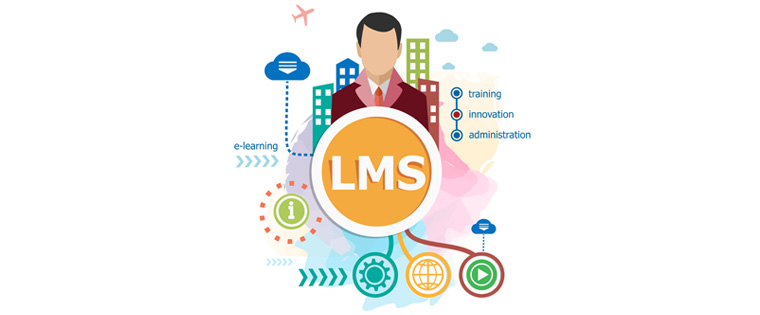Navigational Restrictions in E-learning Course – To Have or Not to Have

One of the key elements in eLearning course is navigation. A navigational slide is used to help the learner to go through the course in a comfortable way and to concentrate more on the content; hence, it should be easy and user friendly. But sometimes we are controlled by the design restrictions in eLearning courses which users don’t always appreciate. Here are some of the pros and cons of these design restrictions?
PROs
- In certain mandatory courses, the learner must know all aspects, for instance, the ethics of the company, quality policies, etc.
- In case of branching interactivities, it alerts the learner that he/she has not completed going through all the content.
Cons
- It can frustrate the learner
- Forcing the learner is not a good idea.
- The learner is bored. The image below depicts exactly what happens when a learner is bored. His/her attention wanders and they DO NOT CONCENTRATE on the course. Ultimately the very objective of eLearning is defeated.
But then why is that we use restrictions in eLearning? Most of the times, restrictions are a requirement of the client because the course has to address different learners with
- different personalities,
- different ages,
- genders,
- varied years of experience,
As there is an old adage which says”one size does not fit all” so in eLearning where your learners will be both experienced and novice learners. Some of the content in the course may be familiar to the experienced but for some it might be the very first time. And if the slides in the course are not restricted then the novice learners may click next through the course and complete it without learning the concepts. But then you cannot prepare a tailor-made course for each one. That would be a herculean task.
So what do we do?
Give freedom, unlock the restrictions. Remove restrictions except when mandatory. Let the learner have freedom. Create assessments in way such that the learner will be able to answer only if he goes through all the slides.
Don’t make the show boring; engage the learner so that he/she wants to participate. Make the course so good that the learner is fascinated and completes the course.
These are my insights. What is your opinion? Do you agree or disagree? Do share your thoughts.





